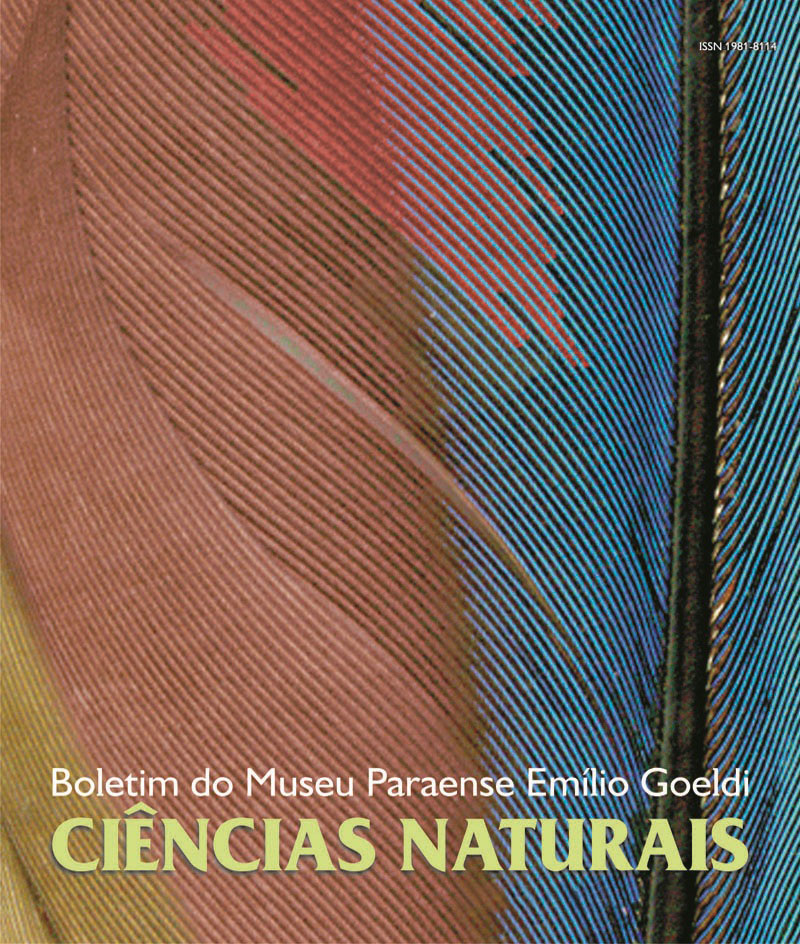The fishery in Amazon Estuary: an uni-and multivariate analysis
DOI:
https://doi.org/10.46357/bcnaturais.v2i2.700Keywords:
Fishing fleets, Fishing techniques, DiversityAbstract
The Amazon Estuary is a considered one of the most productive fishery regions of Brazil. Fisheries in this region are complex and multivariate techniques are useful for obtaining an integrated image of this activity. This study has the objective of characterizing fishing activities used in the state of Pará. Data on CPUE (kg/trip) were obtained (261 trips and 167 boats) from an enterprise based in Belém for the years 2001 and 2002. To characterize these fisheries, univariate (diversity) and multivariate techniques were applied. A total of 37 species of 24 families and eight orders were registered in the industrial and artisanal landings. Gill net catches were the most diverse, followed by trawler and long liner catches. The gear type was the main factor in discriminating groups, whilst the precipitation levels did not relevantly discriminate the groups. Fleets exploit the seasonality of the abundance of fishing resources throughout the year, adapting the fishing techniques accordingly.
Downloads
Published
Issue
Section
License
Publication means fully assigning and transferring all copyrights of the manuscript to the journal. The Liability Statement and
Assignment of Copyrights will be enclosed with the notice of acceptance. All the authors must sign the document and return it to the journal.








